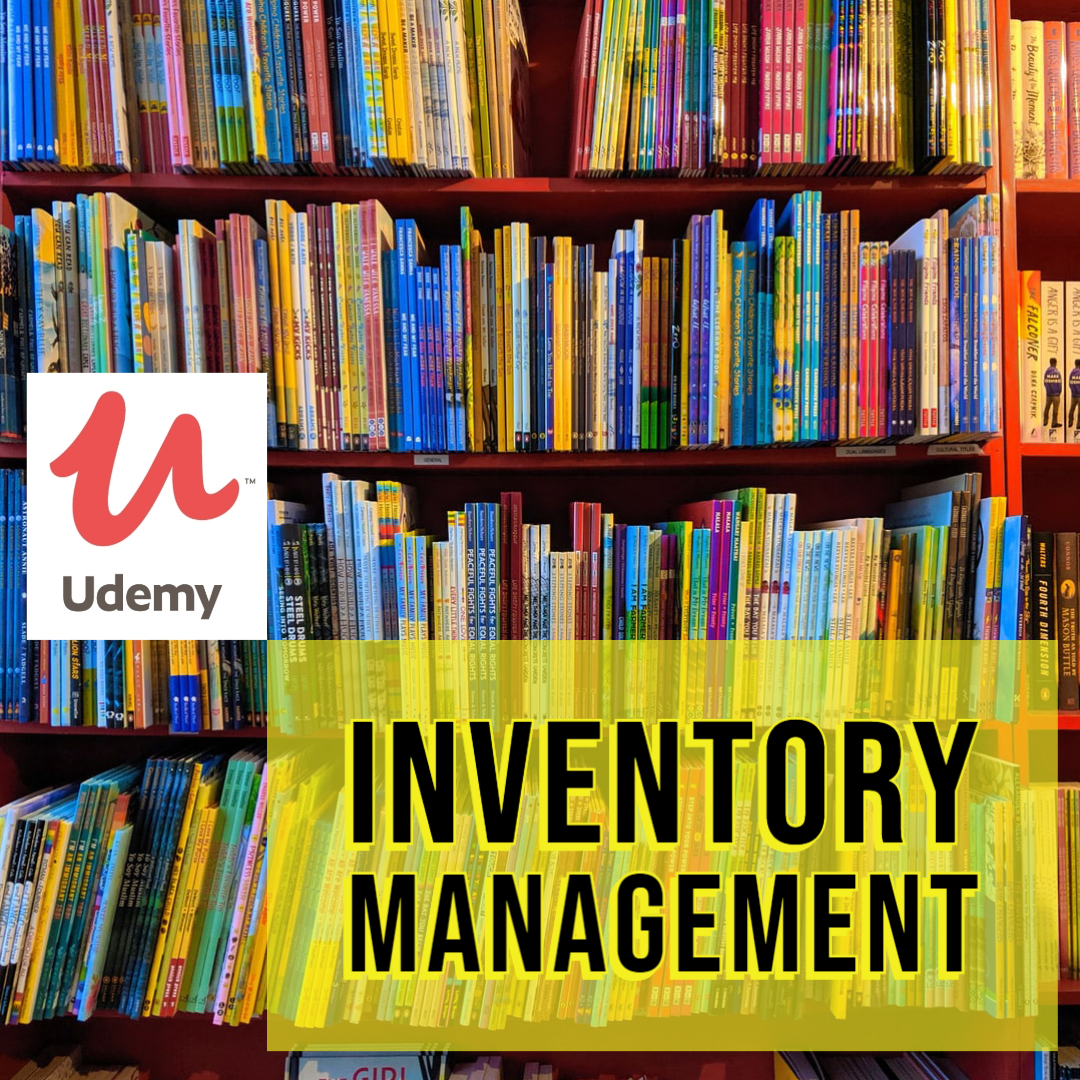Those who would like to make a career in New Product Development need to master the 7 modules of NPD Body of Knowledge.
Module-1: Strategy
Module-2: Portfolio Management
Module-3: New Products Process
Module-4: Organisation, Teams and Culture
Module-5: Tools and Metrics
Module-6: Market Research
Module-7: Life-Cycle Management
Module-1 : Strategy
The Strategy chapter covers various types of strategy, from corporate through business and functional strategies. An emphasis is placed on the innovation strategy, particularly as it sets out the framework, and provides direction, for product development. The benefits and limitations of specific innovation strategic frameworks are discussed. The role of supporting strategies from technology, marketing, platforms, intellectual property and capability are presented, both as being directed by higher level business strategy and in their mutual contribution to the overall business strategy.
Module-2 : Portfolio Management
The Portfolio Management chapter relates strategy to project selection. A product portfolio is defined as the set of current and potential new products that can form the basis for a program of product development, including product improvement, cost reductions, line extension and new company products. Methods for project selection are presented, both as a means of assessing project potential and of achieving strategic alignment with regards individual project prioritization and balance across specific categories of product development. Portfolio management is presented as a cross functional activity that encompasses the development of new products through to launch, and the on going review of existing products to ensure optimal alignment with strategy and resource availability.
Module-3 : New Products Process
Rapid changes in technology, communication and market demands have placed considerable pressure on companies to become more effective and efficient in their product development. Greater understanding of the success factors for new product development has resulted in the application of a range of new product processes to specific contexts. The New Products Process chapter outlines many of these processes including Stage Gate®, Concurrent Engineering, Integrated Product Development, Lean and Agile. The benefits and limitations of each process are discussed and specific contexts for application are recommended. Although not specifically included in this chapter, reference is made to the tools and metrics that are required to underpin a successful new products process.
Module-4 : Organization, Teams and Culture
It is widely recognized that new product development cannot be successful through good processes alone. Success is dependent on people, on the culture of the company and the environment that is created to foster innovation. The Organizations, Teams, and Culture chapter outlines the characteristics of an innovative culture.It also focuses on the requirements for a high performing team and for team structures to support cross functional teams in an in novative environment and in different project contexts. Management roles and responsibilities at various levels and within different stages of product development are also discussed.
Module-5 : Tools and Metrics
A wide range of tools is required at all levels of product development strategy formation, portfolio management, new product process, design, life cycle management, etc. Some of these tools are applicable across a range of industries and products, while others are more specific in their application. The Tools and Metrics chapter focuses on descriptions of a set of generic tools including ideation, financial analysis, quality function deployment, TRIZ, Six Sigma, project management, and risk management. The discussion of the various tools is intended to provide their potential application and value to product development and product management. It is not possible provide detailed explanations on how to apply the various tools, and direction is provided to further reference sources for those who are seeking a more in depth understanding. Performance metrics are also discussed in this chapter with a strong emphasis on the application of metrics for learning and continuous improvement.
Module-6 : Market Research
Market research is required to provide market related information and data to underpin decision making in all aspects of strategy development, portfolio management, the new products process and life cycle management. Certain market research techniques are more appropriate for specific purposes, for example exploratory customer needs analysis, product concept testing and product sales potential. The application of market research extends across the full cycle of product development, from initial idea generation to final product launch and post launch reviews. The Market Research chapter covers a range of market research tools including secondary research, qualitative vs. quantitative, focus groups, customer site visits, ethnography, consumer panels, social media, big data, crowdsourcing, alpha and Beta testing, and market testing. The benefits and limitations of each tool are discussed together with their potential application at various stages of the new product process. Specific emphasis is placed on the accuracy and reliability of the various tools, and in turn, their value in decision making at various stages of product development.
Module-7 : Life Cycle Management
The Life Cycle Management chapter is divided into two parts. The first part addresses the product life cycle. It outlines the stages of the product life cycle introduction, growth, maturity and decline, and discusses product management and product development strategies for each stage. Significant emphasis is placed on a discussion of the introduction stage of the life cycle, with reference to case study examples. The second part of the chapter is devoted to sustainability with specific emphasis on sustainable innovation as it is applied to both the innovation strategy and to product design









